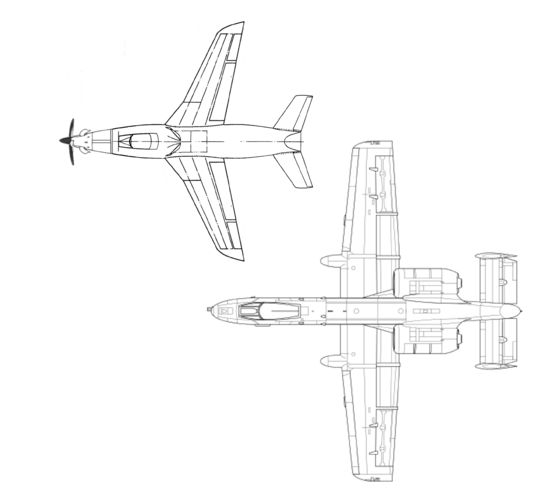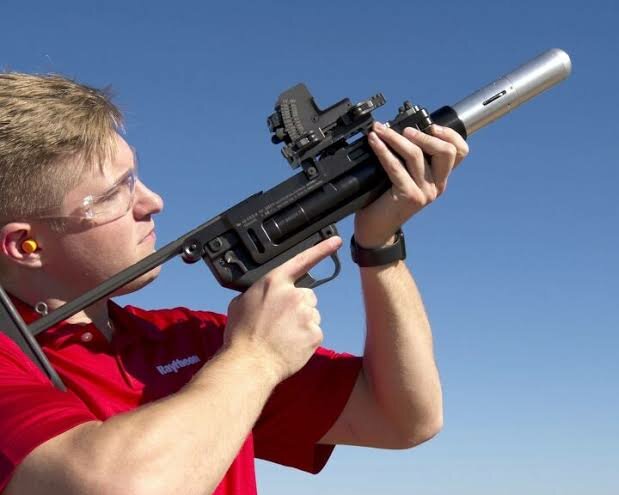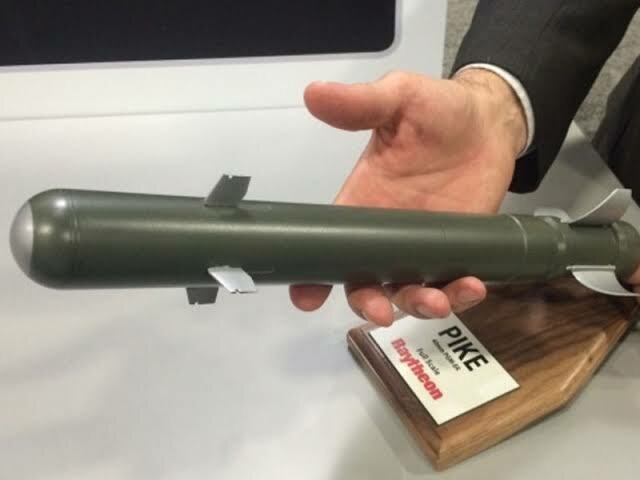Scott Kenny
ACCESS: USAP
- Joined
- 15 May 2023
- Messages
- 11,531
- Reaction score
- 14,115
That sounds a lot like the "missiles make it so that no fighters will need a gun anymore" that proved so wrong in Vietnam.
Should Future Fighter Be Like A Bomber? Groundbreaking CSBA Study - Breaking Defense
WASHINGTON: America’s next war plane may look much more like a stealthy long-range bomber than a sleek, fast and maneuverable fighter. That’s the conclusion of a wide-ranging study by the respected Center for Budgetary and Strategic Assessments. Breaking Defense obtained a copy of the report...breakingdefense.com
Will the 6thgen fighters be huge? You bet. I expect the USN version to "only" be about 85,000lbs MTOW due to catapult and arresting gear limits, and the USAF version over 100,000lbs MTOW. But I still expect them to be capable of supercruise, if only to shorten the time to get them from their base to where the fighting is. I still expect them to be able to maneuver like a fighter, for when an 5th gen aircraft gets close with an IR homing missile (or for when the ROE do not allow BVR missile shots, as in Vietnam).
But I do NOT see the WW3 CAS plane being that stealthy. Have Glass V F-16, not F-22 or even F-35.










